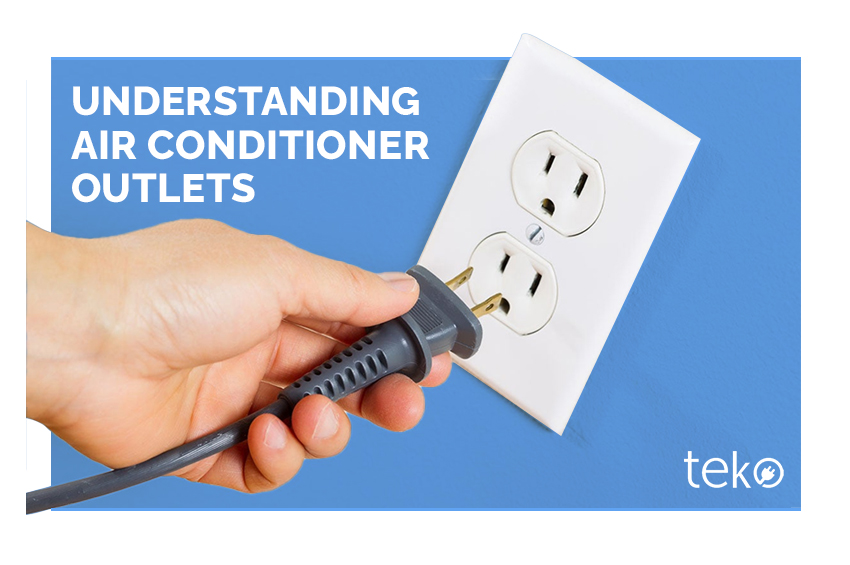
You just unboxed your newly bought aircon and you see the power plug that’s different from the usual plugs of your appliances. So, what do you do? We’re Teko.ph, the largest aircon and appliance services provider in the Philippines, and we’re here to give you a quick guide on aircon outlets.
First off, you’ll need to look at the type of plug on your air conditioner and match it to the outlet on your wall. A premium air conditioner outlet will also provide extra safety measures, such as improved isolation and protection against electric shocks, such as those during thunderstorms, etc.
Depending on the model, room air conditioners have four distinct power cable plug designs. The plug will be of the Parallel, Perpendicular, Tandem, or Large Tandem kind.
The receptacles on your air conditioner cable and your user handbook will inform you what type of outlet you require. The requirements for this vary widely depending on the type and where you purchased your air conditioner. They will range from 115 V to 480 V, with current needs ranging from 15 A to 30 A. This will also be determined by the type of air conditioner. A window air conditioner, for example, will typically demand 15 A and 250 V, although some vast warehouse air conditioners would require considerably more.
There is, however, more to the air conditioner’s outlet than its wall plug. A trained electrician can and must install a full outlet, including the appropriate wall socket, and should hook it up to your power supply, including a sufficient current transformer and converter. You may get them from a licensed electric equipment dealer, and they will ensure that your air conditioner works properly and reliably.
If you’re considering other units, here’s our list of The Best Aircon Brands in the Philippines.
